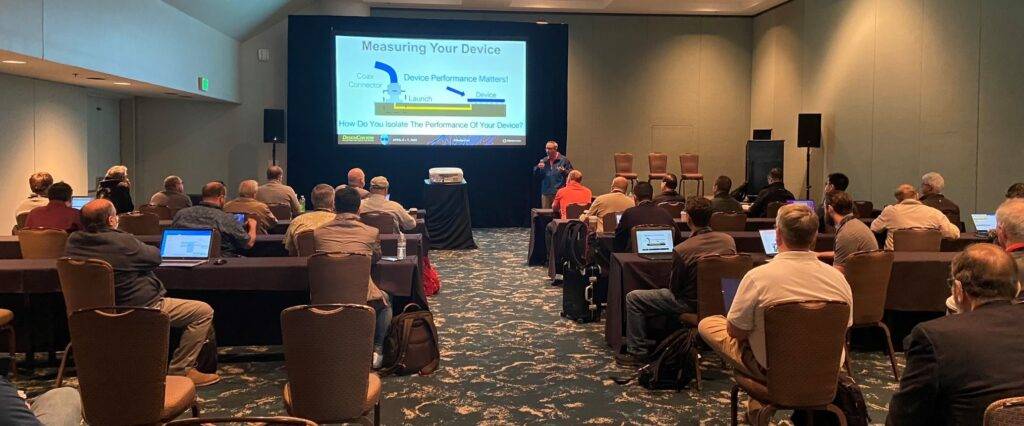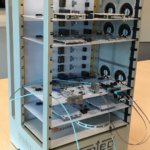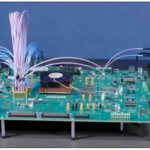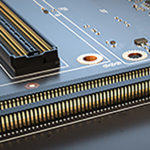Today’s high-speed digital interfaces have become more sensitive to signal reflections. The result is a need to characterize and suppress channel and component discontinuities. How do you select a characterization method between those called out in standards such as PCIe, IEEE 802.3, and USB?

In a DesignCon 2022 paper, Steve Krooswyk, Hansel Dsilva, Richard Mellitz, Stephen Hall, Adam Gregory, Beomtaek Lee, and John Riley aim to explain each reflection standard in regard to its history, use of parameters, and applications. Then, they evaluate their correlation to what matters most: end-to-end channel margins at 32 Gbps NRZ and 112 Gbps PAM4.
Included metrics are return loss (RL), integrated multi-reflections (IMR), integrated return loss (IRLUSB), figure of merit of insertion loss deviation (FOMILD), and effective return loss (ERL). The paper also examines a new variation on IRLUSB called IRLNEW, and figure of merit reflectionless insertion loss noise (FOMRILN).
When characterizing high-speed digital interfaces, reflections are vital characteristics for any interconnect. Consider the simple metric of performance: signal to noise ratio (SNR), where sensitivity to the contributions from reflections increase at higher baud rates and order of modulation. As a result, the need to characterize and suppress whole channel or single component reflections has never been greater. Unfortunately, the time-honored way of characterizing and bounding maximum reflection noise using a frequency domain return loss curve has begun to show its shortcomings. Hence, the authors embarked on this study.
Defining the Specs
Small violations in component frequency domain limits happen often. This paper asks: how much should we read into that? It is difficult to interpret if a violation is really a failure. If a failure occurs at high frequency while low frequencies far exceed a requirement, should we expect a failure? How much power was in the reflection? The risk is that return loss limit violations can be false negatives, as specifications often favor to protect systems from failures. An experienced engineer may know how to reduce the importance of higher frequencies, but it is not decisively clear in a quantitative way.
In addition to reviewing the standards, the authors offer a comprehensive study at varying data rates, presenting correlation at various test points to end-to-end channel margin. The channel analysis is done at 32 Gbps using Seasim and channel operating margin (COM) tools at 112 Gbps PAM-4.
The authors conclude the paper by ranking various methodologies by the results of the study. They note that while the reflection metrics differed in methodologies, including frequency or time domain, weighting filters, and additional loss factors, all are shown to be effective in at-least one application. In most cases, the paper’s evaluated metrics outperformed the best-case return loss frequency limit correlation factor performance of 60%.

See the complete DesignCon 2022 paper, Reflecting on Reflections: An Evaluation of New and Standardized Metrics for more information on characterizing high-speed digital interfaces.



Leave a Reply